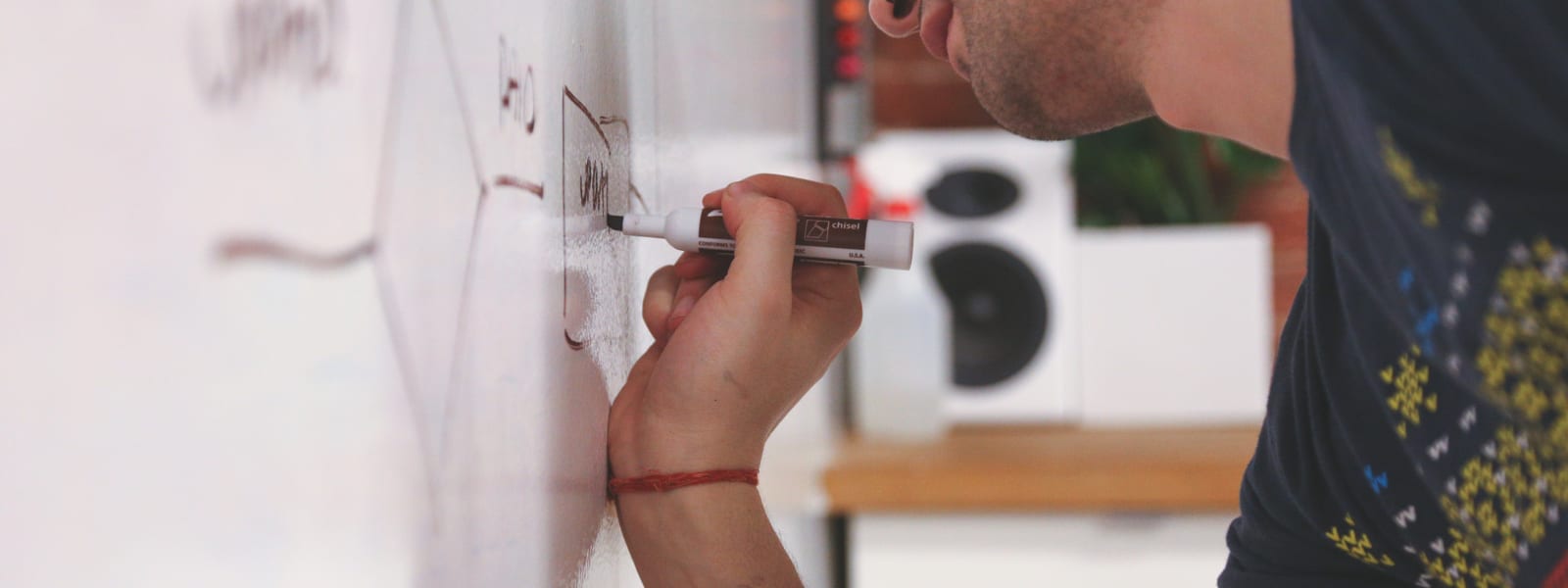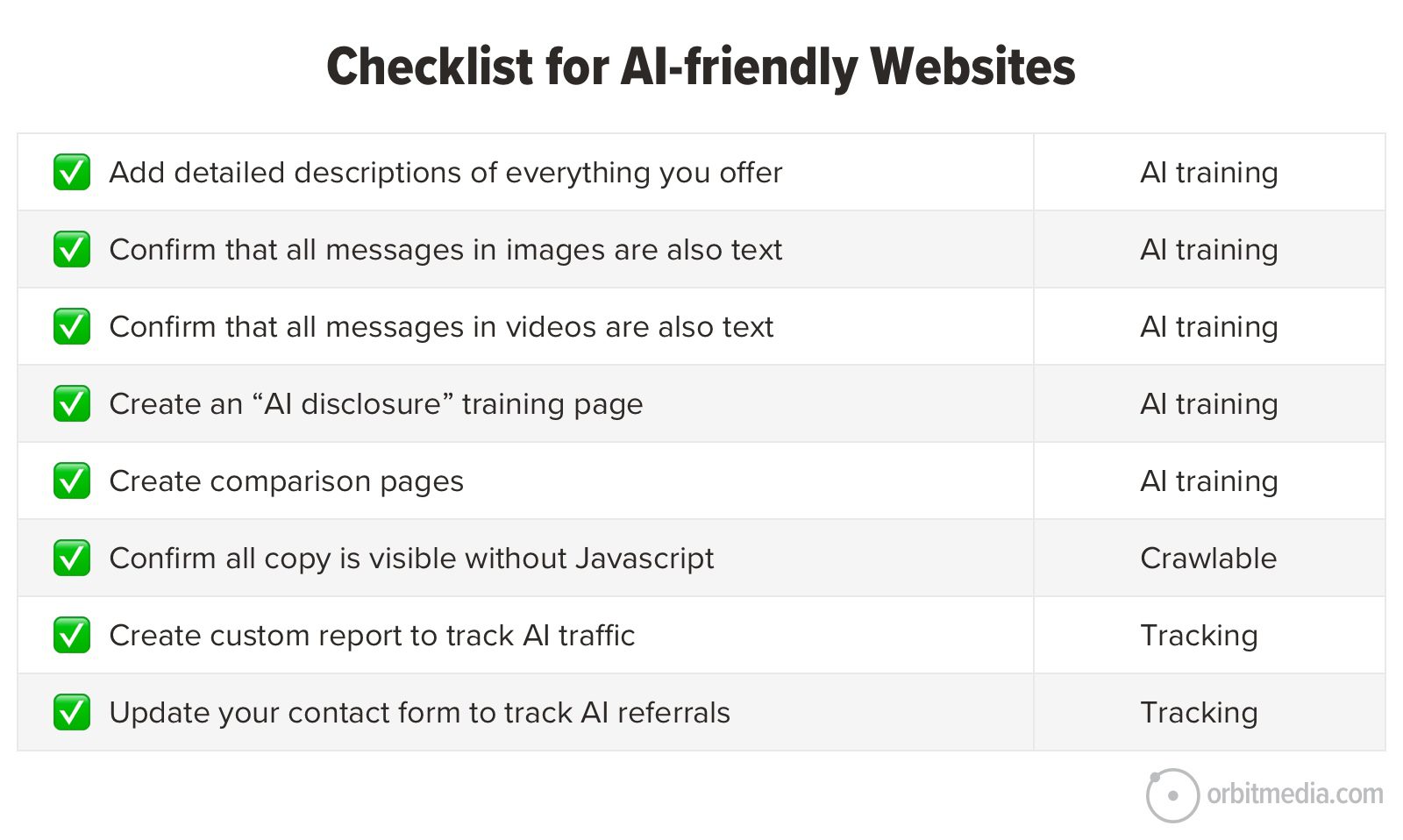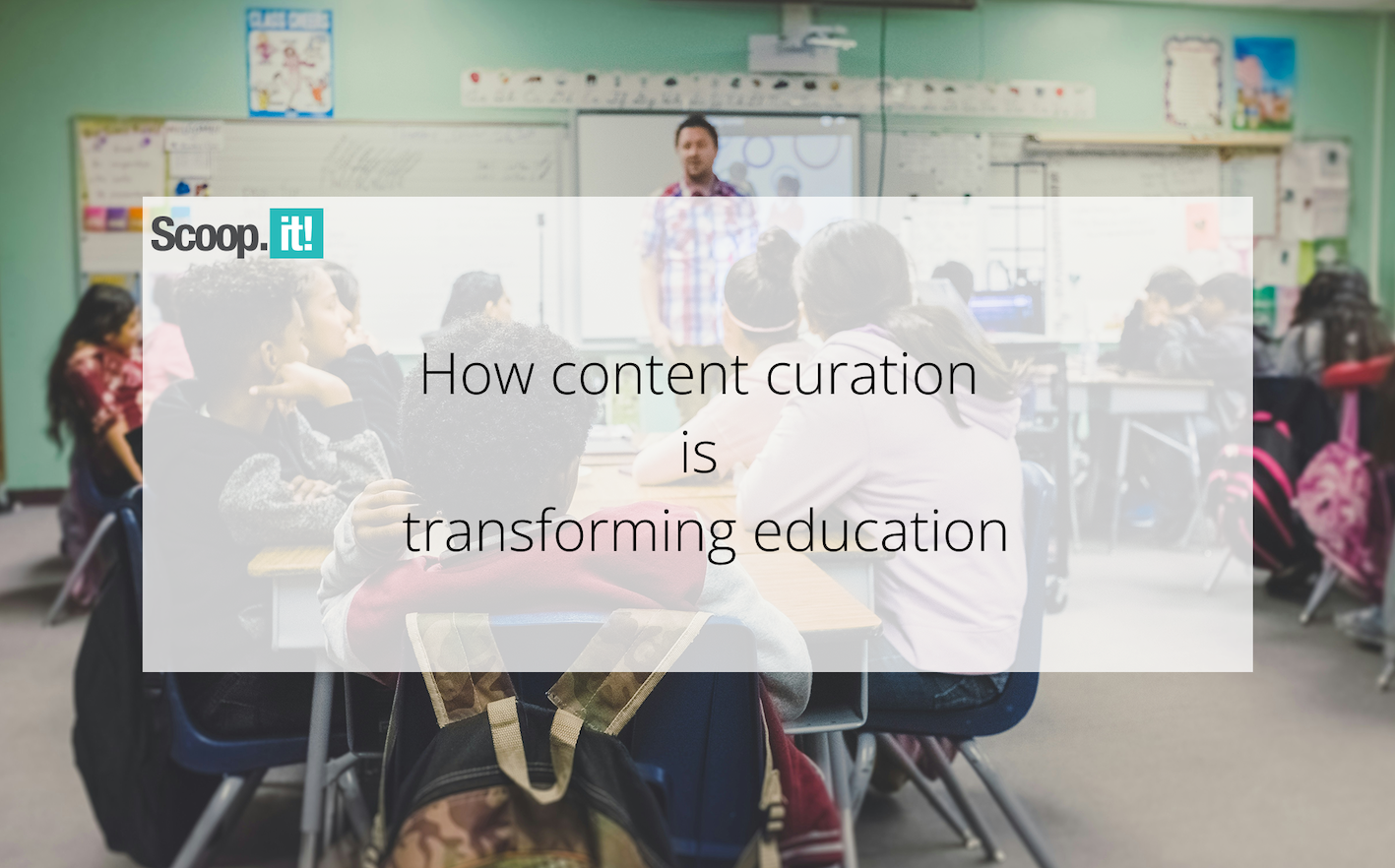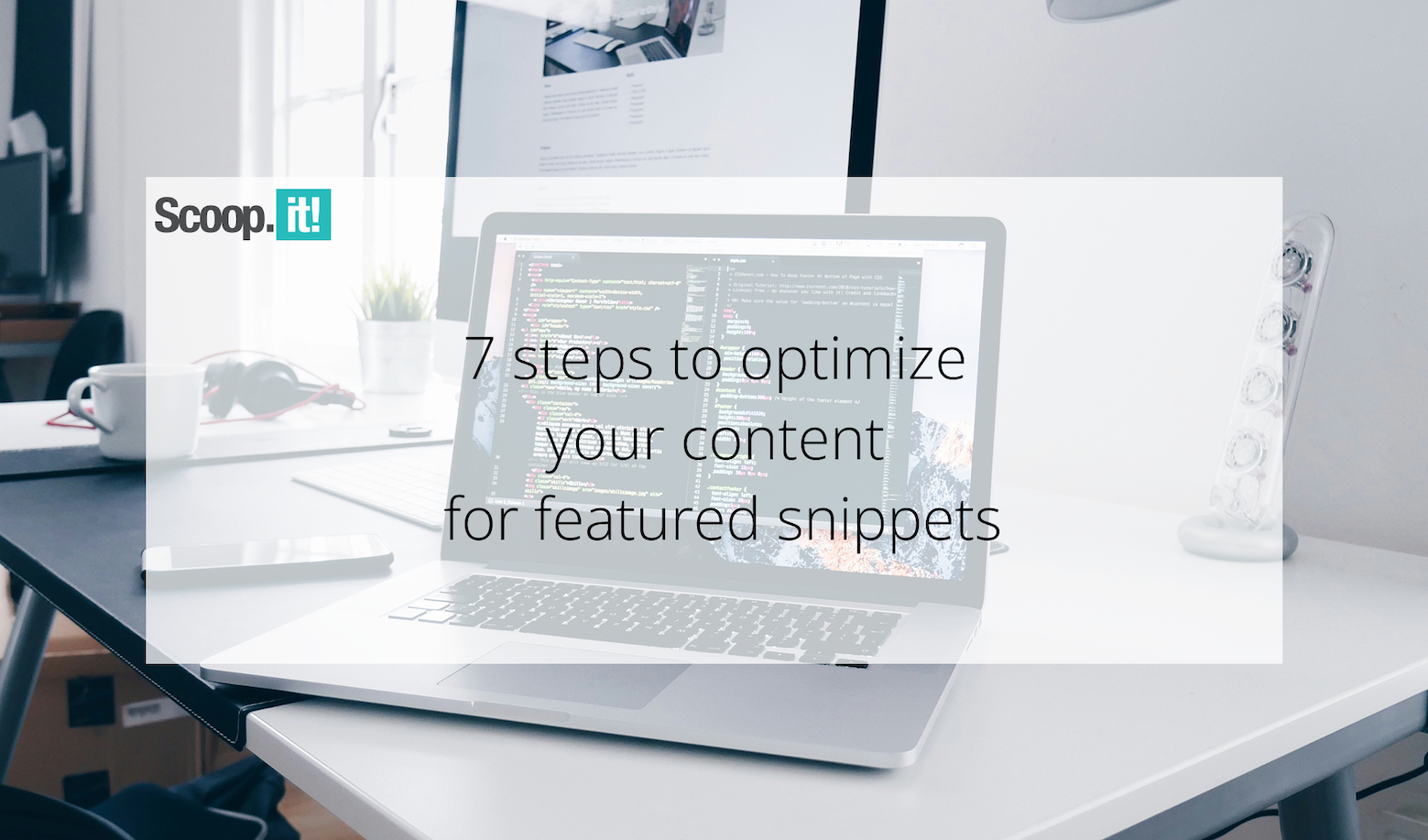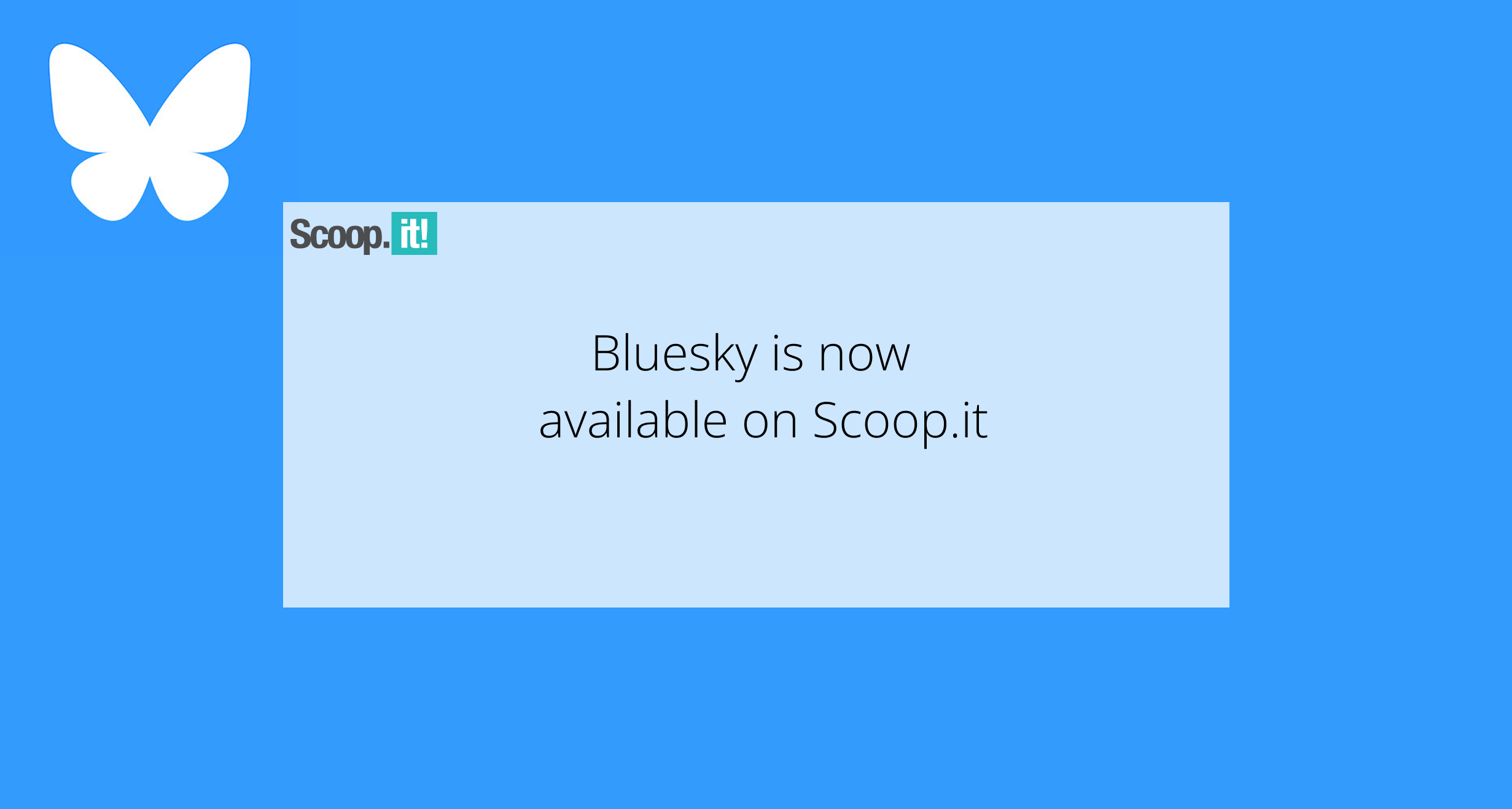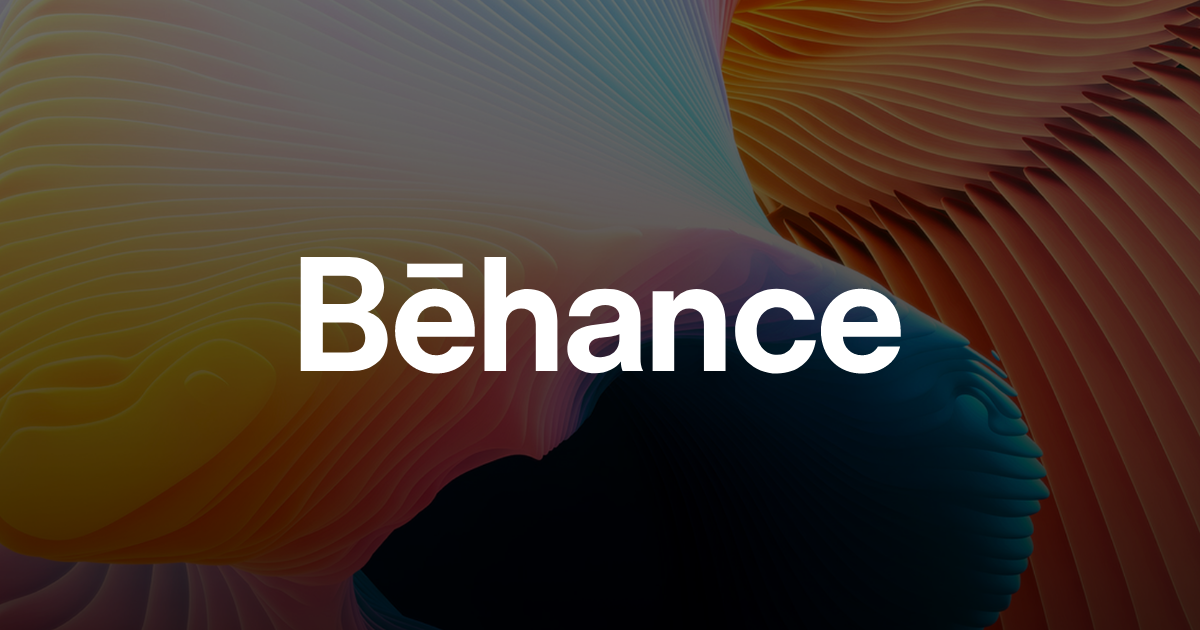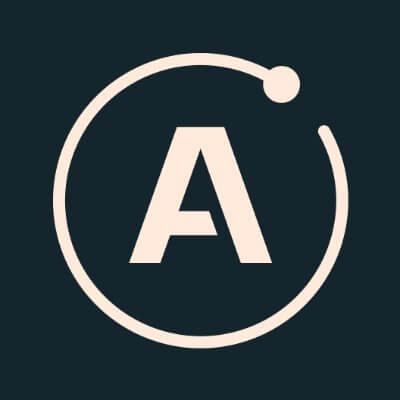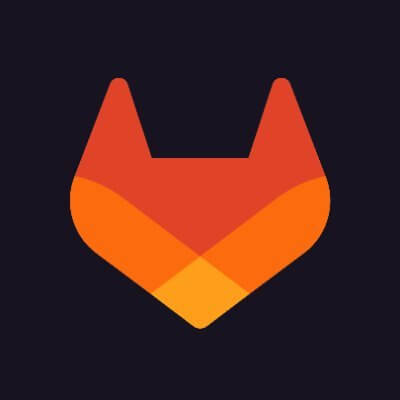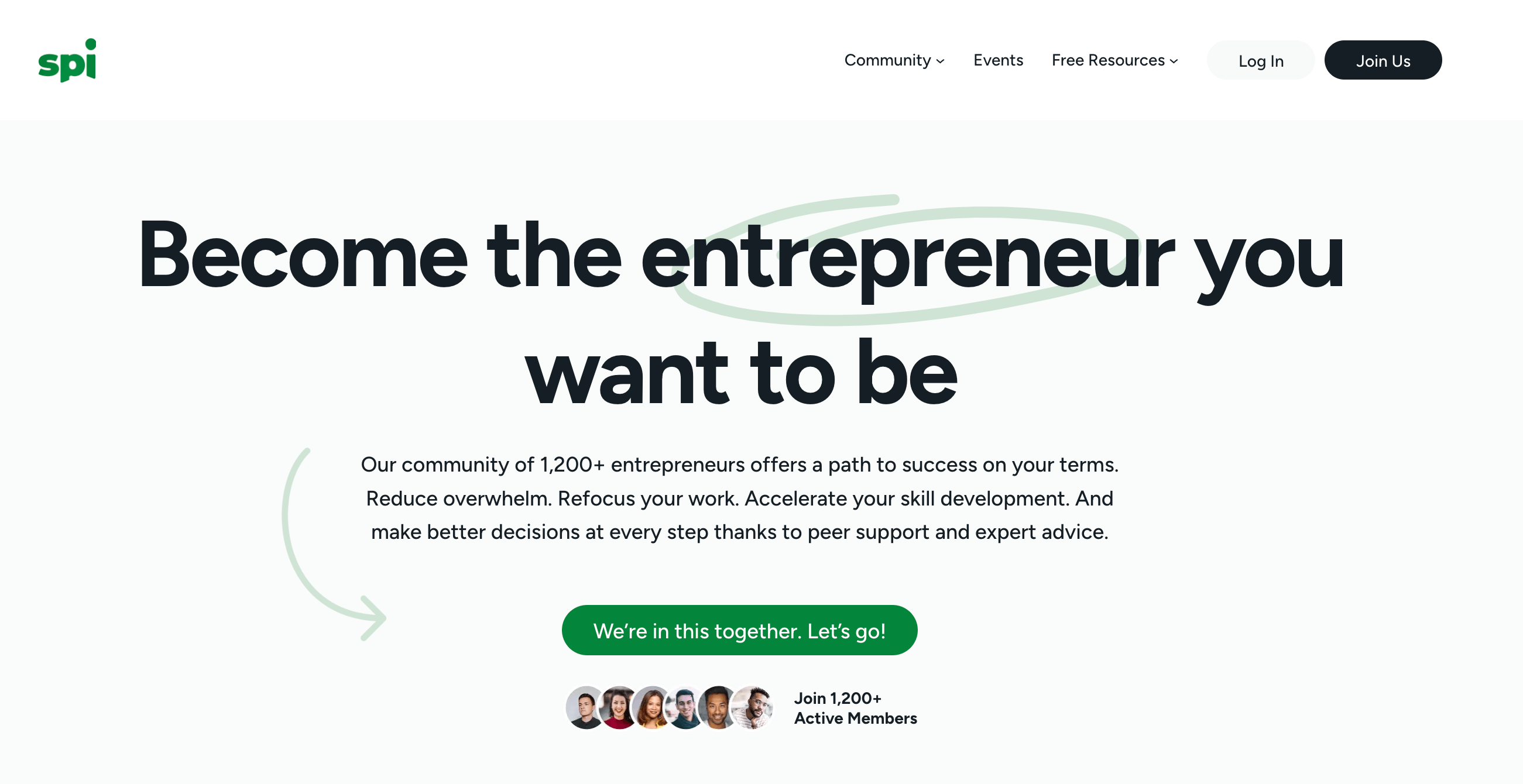Inside the new tactile tech bringing basketball to blind and low-vision fans
Barclays Center in Brooklyn is abuzz as the Brooklyn Nets’s Jalen Wilson catches the ball, readies himself, and releases a contested three. The ball arcs high above the Knicks defender’s outstretched arms and swishes through the net. As the stadium erupts, Bryan Velazquez throws a fist in the air. Even though he is blind, he knows that his team just scored. He felt it on his fingertips.Velazquez, who works as an outreach coordinator at Omnium Circus, is using a new kind of haptic device that translates live game action into vibrations. Developed by Seattle-based startup OneCourt, the laptop-size device consists of a silicone relief map displaying a basketball court with the Brooklyn Nets logo at the center, and comes with hundreds of motors that vibrate to indicate the position of the ball on the court.People who are blind or low vision can lay their hands flat on the device and “feel” the ball move back and forth, while an earpiece provides live updates on the score and various play outcomes like “shot made,” “shot missed,” “out of bounds,” or “foul.”[Photo: BSE Global]Every major sports league tracks the position of its players and the ball in real time using advanced optical and sensor-based systems like Hawk-Eye. OneCourt’s technology taps into that data over 5G and translates it into trackable vibrations that move across the surface of the device.These vibrations—think of as them as auditory pixels—vary based on the type of play unfolding on the court. When a player shoots, the corresponding location of the shot on the tablet vibrates more strongly. If the player scores, the motors underneath the hoop pulse vividly. If the player misses, the motors sigh one long, seemingly disappointed vibration. “I really hope a lot of sports franchises roll this out,” says Velazquez, who was invited to give tangible feedback about his time in the arena by the nonprofit organization called Visions.[Photo: BSE Global]An untapped marketHistorically, watching sports has been a visual affair. You follow athletes around a racetrack. You watch a tennis ball fly across the court. But an estimated six million Americans today live with low vision—a chronic visual impairment that cannot be corrected with glasses, contacts, or medical treatments. One million Americans are legally blind. “It is an untapped market,” says Jorge Hernandez, senior technology manager at the Miami Lighthouse for the Blind and Visually Impaired, who went blind at age 20.Hernandez, like several other blind or low-vision people interviewed for this article, usually listens to sports through the live radio broadcast, but he says haptic devices like OneCourt’s are one more tool in the toolbox that will make the world more accessible to people with disabilities. “We are normal individuals that live a normal life, and if you make [sports] accessible to us, guess what, we will come.”In the U.S., ADA standards stipulate that public accommodations like stadiums and theaters must ensure that people with disabilities receive effective communication through auxiliary aids or services like braille, sign language interpreters, and assistive listening devices.But according to Matthew Dietz, an expert on accessibility law from Nova Southeastern University, these standards can only evolve at the speed of technological innovation. “If sighted people see the ball around the field or a tennis court, so should the Blind,” he said in an email. “But then again, I would still prefer Phil Rizzuto calling the game.”[Photo: BSE Global]The tipping point of innovationOneCourt is part of a growing number of startups innovating in the space. Others include the Dublin-based Field of Vision, and the French startup Touch2See. The latter has developed a tablet featuring a tactile layout of a soccer field. A moving cursor represents the position of the ball and guides your fingers on the field—a bit like an Ouija board. The Touch2See device also vibrates to signal when players are passing, shooting, or dunking. Both Touch2See and OneCourt were inspired by a viral video—potentially the same one—of a fan at a soccer match guiding the hands of their blind friend over the cardboard model of the pitch.Many of these companies are currently competing for big contracts, suggesting a growing interest from stadiums and leagues to provide accessible experiences for their fans. The Touch2See tablet made its international debut at the Paris Olympics and has since become available at the Cagliari Calcio club in Italy, FC Porto in Portugal, and many others. The company is eyeing FIFA 2026 next. “Football [soccer] is what we want to master,” Touch2See’s sales director, John Brimacombe, told me in an interview last year.In the meantime, OneCourt’s technology is quickly gaining ground in the U.S. The startup’s haptic devices first became available at a Portland Trailblazers game in 2024. They have since become available at Sacramento Kings games and Phoenix Suns home games.Ticketmaster has sponsored every

Barclays Center in Brooklyn is abuzz as the Brooklyn Nets’s Jalen Wilson catches the ball, readies himself, and releases a contested three. The ball arcs high above the Knicks defender’s outstretched arms and swishes through the net. As the stadium erupts, Bryan Velazquez throws a fist in the air. Even though he is blind, he knows that his team just scored. He felt it on his fingertips.
Velazquez, who works as an outreach coordinator at Omnium Circus, is using a new kind of haptic device that translates live game action into vibrations. Developed by Seattle-based startup OneCourt, the laptop-size device consists of a silicone relief map displaying a basketball court with the Brooklyn Nets logo at the center, and comes with hundreds of motors that vibrate to indicate the position of the ball on the court.
People who are blind or low vision can lay their hands flat on the device and “feel” the ball move back and forth, while an earpiece provides live updates on the score and various play outcomes like “shot made,” “shot missed,” “out of bounds,” or “foul.”
Every major sports league tracks the position of its players and the ball in real time using advanced optical and sensor-based systems like Hawk-Eye. OneCourt’s technology taps into that data over 5G and translates it into trackable vibrations that move across the surface of the device.
These vibrations—think of as them as auditory pixels—vary based on the type of play unfolding on the court. When a player shoots, the corresponding location of the shot on the tablet vibrates more strongly. If the player scores, the motors underneath the hoop pulse vividly. If the player misses, the motors sigh one long, seemingly disappointed vibration. “I really hope a lot of sports franchises roll this out,” says Velazquez, who was invited to give tangible feedback about his time in the arena by the nonprofit organization called Visions.
An untapped market
Historically, watching sports has been a visual affair. You follow athletes around a racetrack. You watch a tennis ball fly across the court. But an estimated six million Americans today live with low vision—a chronic visual impairment that cannot be corrected with glasses, contacts, or medical treatments. One million Americans are legally blind. “It is an untapped market,” says Jorge Hernandez, senior technology manager at the Miami Lighthouse for the Blind and Visually Impaired, who went blind at age 20.
Hernandez, like several other blind or low-vision people interviewed for this article, usually listens to sports through the live radio broadcast, but he says haptic devices like OneCourt’s are one more tool in the toolbox that will make the world more accessible to people with disabilities. “We are normal individuals that live a normal life, and if you make [sports] accessible to us, guess what, we will come.”
In the U.S., ADA standards stipulate that public accommodations like stadiums and theaters must ensure that people with disabilities receive effective communication through auxiliary aids or services like braille, sign language interpreters, and assistive listening devices.
But according to Matthew Dietz, an expert on accessibility law from Nova Southeastern University, these standards can only evolve at the speed of technological innovation. “If sighted people see the ball around the field or a tennis court, so should the Blind,” he said in an email. “But then again, I would still prefer Phil Rizzuto calling the game.”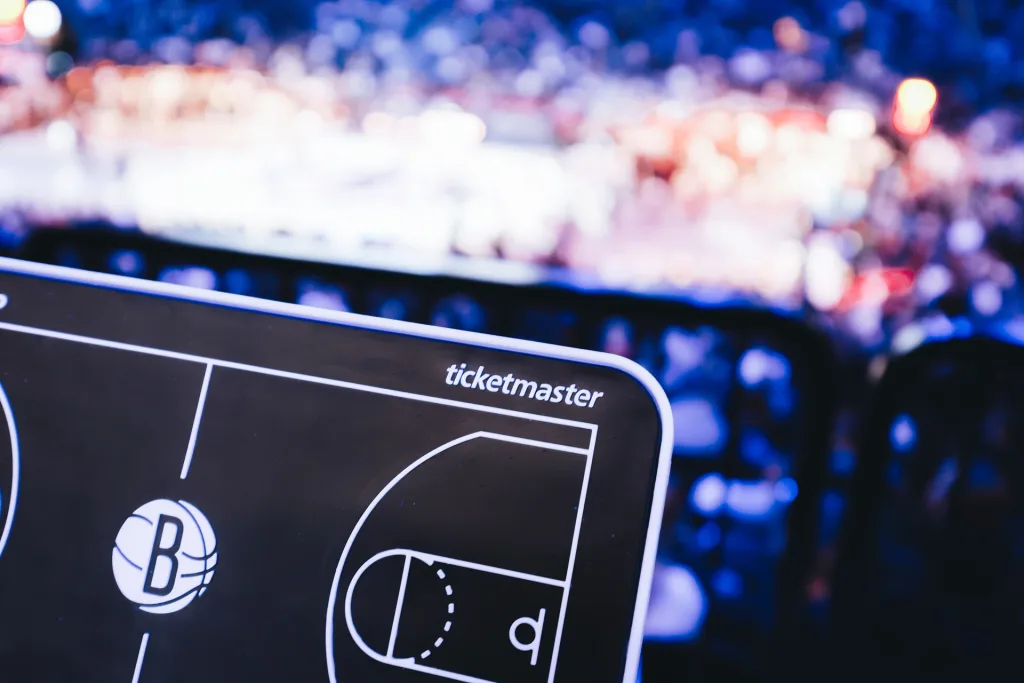
The tipping point of innovation
OneCourt is part of a growing number of startups innovating in the space. Others include the Dublin-based Field of Vision, and the French startup Touch2See. The latter has developed a tablet featuring a tactile layout of a soccer field. A moving cursor represents the position of the ball and guides your fingers on the field—a bit like an Ouija board. The Touch2See device also vibrates to signal when players are passing, shooting, or dunking. Both Touch2See and OneCourt were inspired by a viral video—potentially the same one—of a fan at a soccer match guiding the hands of their blind friend over the cardboard model of the pitch.
Many of these companies are currently competing for big contracts, suggesting a growing interest from stadiums and leagues to provide accessible experiences for their fans. The Touch2See tablet made its international debut at the Paris Olympics and has since become available at the Cagliari Calcio club in Italy, FC Porto in Portugal, and many others. The company is eyeing FIFA 2026 next. “Football [soccer] is what we want to master,” Touch2See’s sales director, John Brimacombe, told me in an interview last year.
In the meantime, OneCourt’s technology is quickly gaining ground in the U.S. The startup’s haptic devices first became available at a Portland Trailblazers game in 2024. They have since become available at Sacramento Kings games and Phoenix Suns home games.
Ticketmaster has sponsored every partnership including at Barclays. “Our unique role in this partnership has helped build a model to quickly scale purposeful innovations from coast-to-coast,” says Marla Ostroff, managing director at Ticketmaster North America. “It’s a key step toward a more inclusive future.”
Beyond basketball
The Brooklyn Nets and the Barclays Center are the first East Coast sports team and arena to provide so-called “tactile broadcasting” at home games, for free. “Having the ability for all different kinds of fans to experience the game is really meaningful for me, and this technology fit in with that perfectly,” says Keia Cole, chief digital officer at BSE, the company that owns the Brooklyn Nets, the New York Liberty, and Barclays Center.
The Nets piloted the devices at the end of the NBA season, but Cole says they are planning to bring them back next season. For now, they are only available at NBA games, but they are hoping to expand to New York Liberty games, as well. WNBA uses a different kind of tracking system that OneCourt isn’t currently geared up for, but OneCourt’s COO, Antyush Bollini, says that the company started with the technology that is more widely available (Hawk-Eye) and ultimately plans on expanding to all levels of sport. “It’s only a matter of time before someday, it’s in Collegiate, and it’s in Little League games, and it’s in your rec center.”
And it’s not just basketball. OneCourt has already tested its haptic devices at tennis games, baseball, and American football matches. French2See works with soccer, basketball, rugby, and various Paralympic sports like goalball and wheelchair rugby. Both OneCourt and Touch2See tablets come with a peel-off, interchangeable surface that enables teams to seamlessly switch between different sports.
According to OneCourt’s CEO, Jerred Mace, any sport that is less about style (like martial arts) and more about the athletes’ location (like in swimming or racing) could be a fit. “We definitely have ambitions to get into every stadium across different sports, whether that’s MBA, WMBA, NFL, NHL, or tennis,” he says. “At the end of the day, we view this as a new standard in accessibility.”
Mace came up with the idea for OneCourt while at the University of Washington. As a child, he experienced such far-sightedness that his doctor thought he wouldn’t be able to drive. His vision ended up improving through surgeries, but the 24-year-old still remembers being judged for his looks and the “goggles” he had to wear. His experience, combined with a history of disability in his family, has helped him gain deep understanding for people with disabilities.
Down the line, Mace wants everyone to be able to experience sports—including fans who want to follow a game from the comfort of their own home. Velazquez, one of the blind fans who experienced the device at the Nets game last week, told me he wouldn’t necessarily use it at home. “I like [the device] for the live experience,” he says. But he was noticeably thrilled at the prospect of the technology being made available at more stadiums. His hand shot up when asked if he wanted to speak to a reporter, and his first impressions were summarized by a very spirited “amazing!”
Mike Cush, chief program officer at Visions, was equally bullish. “I’m not easily impressed by technology,” he told me after trialing the device at Barclays. “But this is a game changer.”










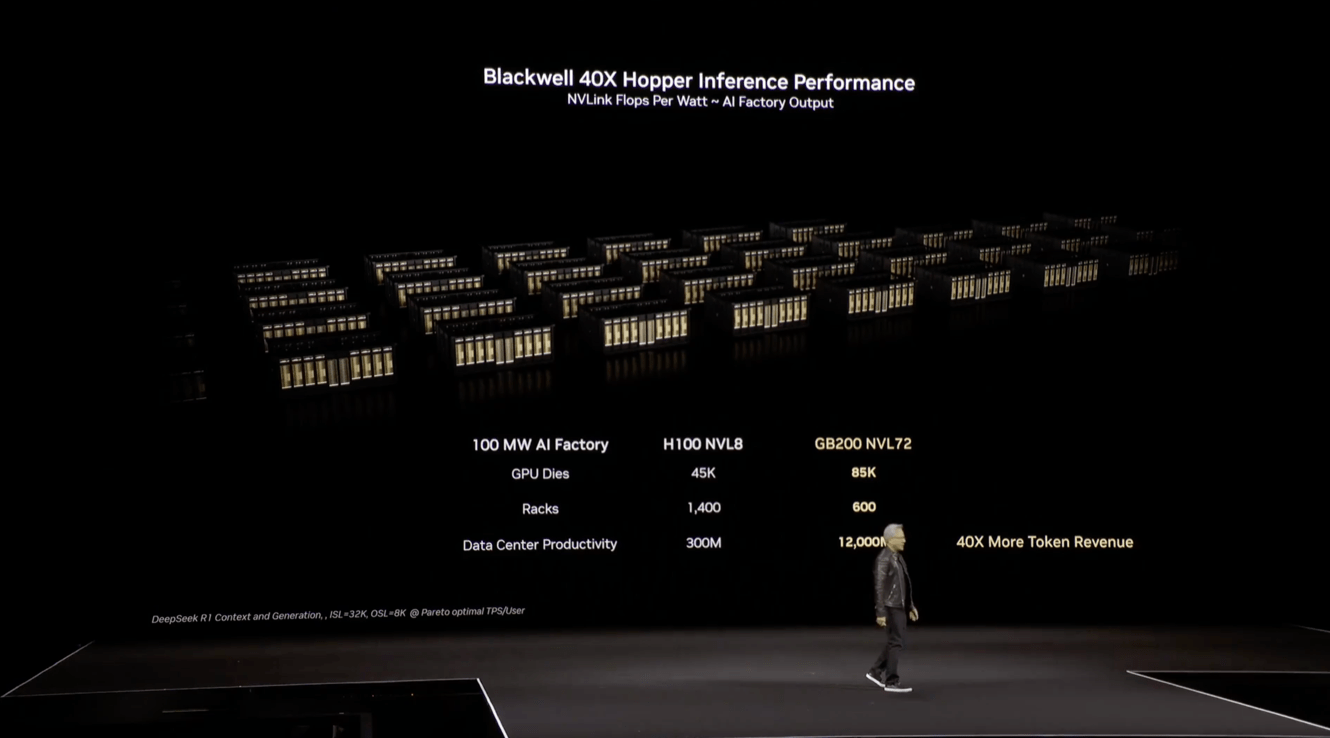










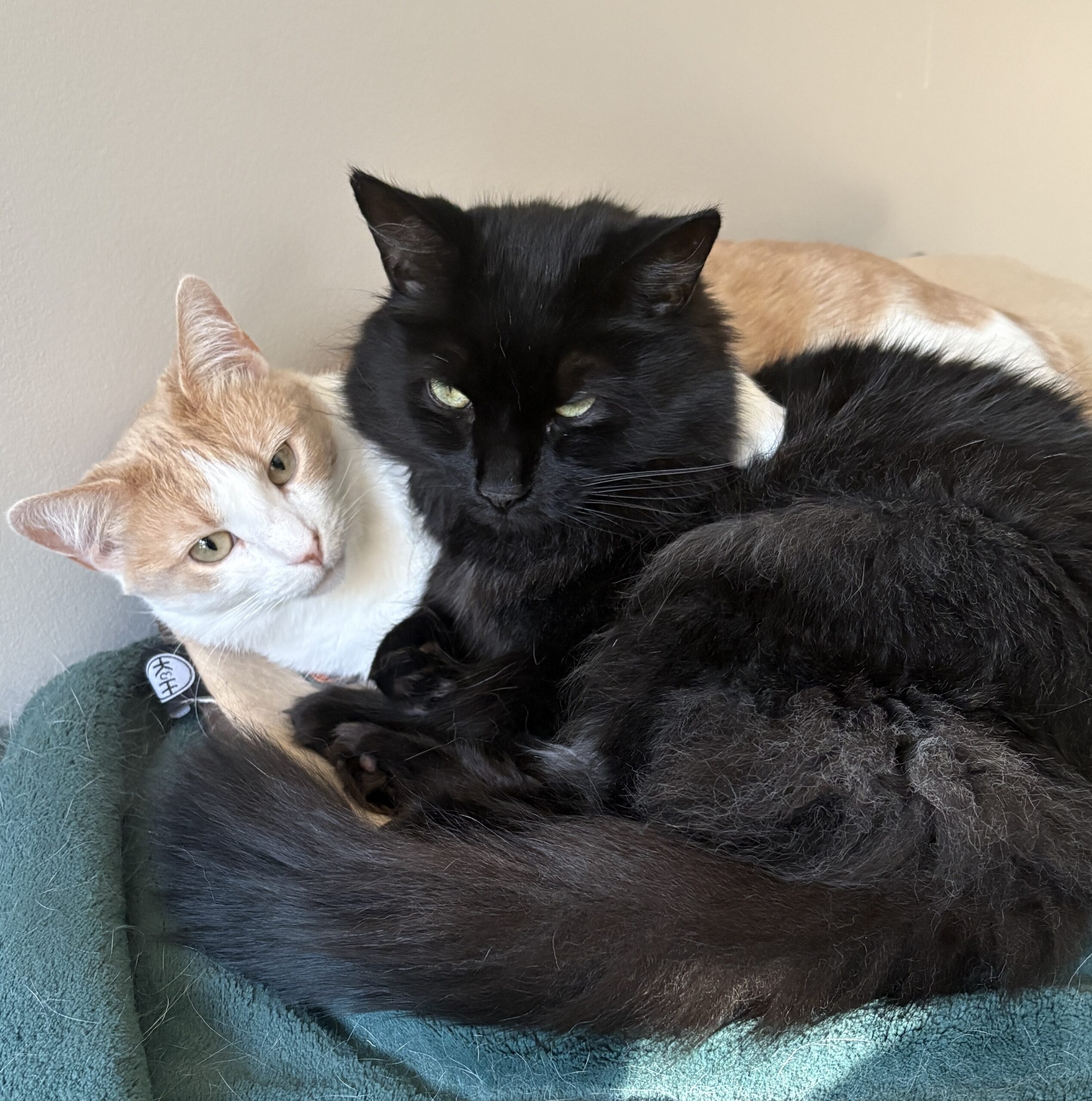


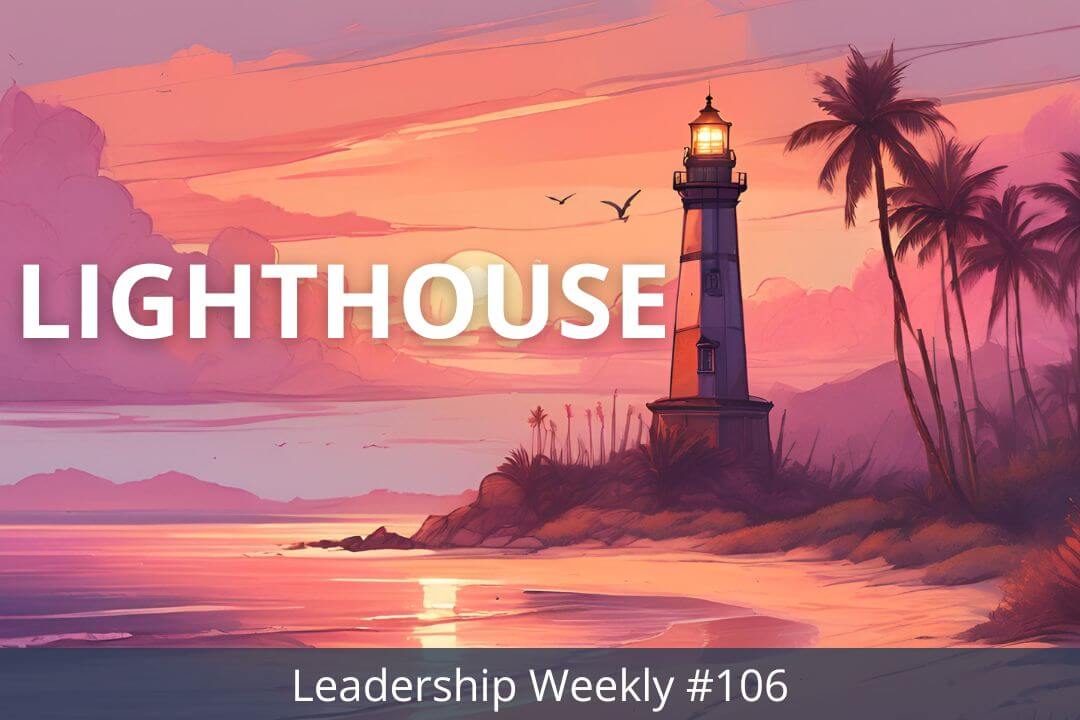


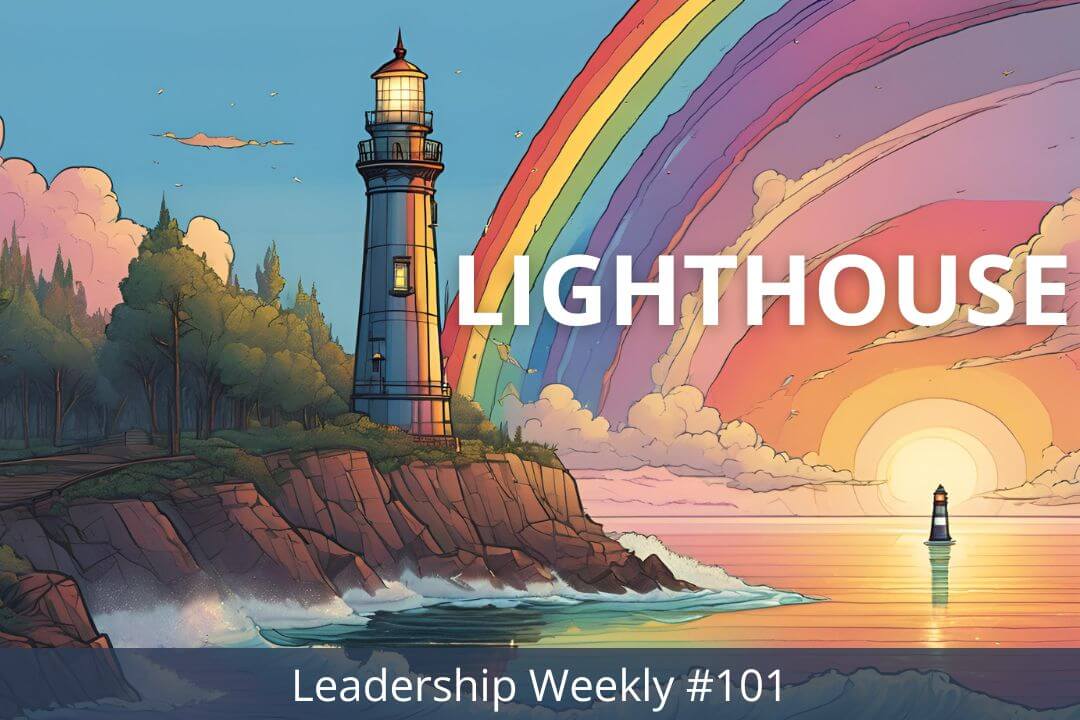

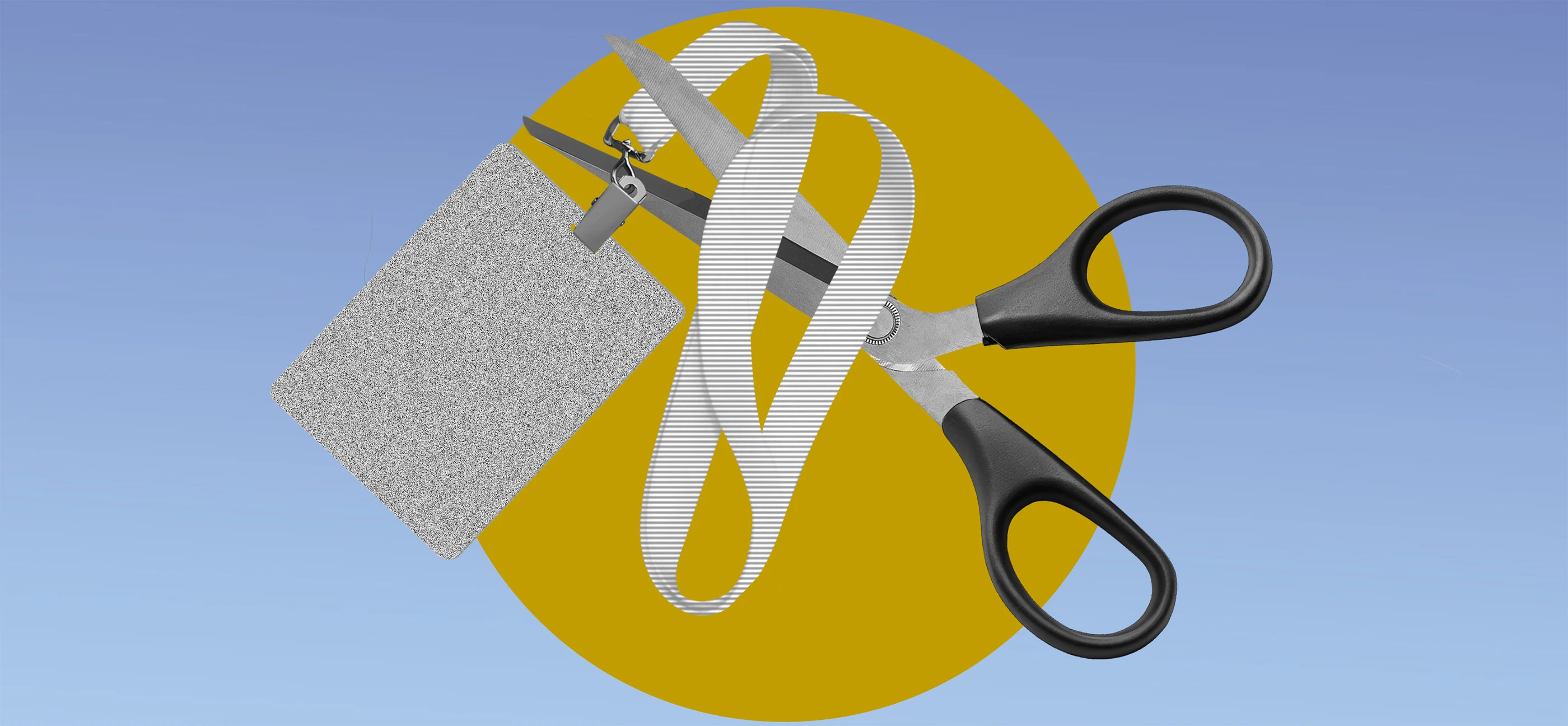











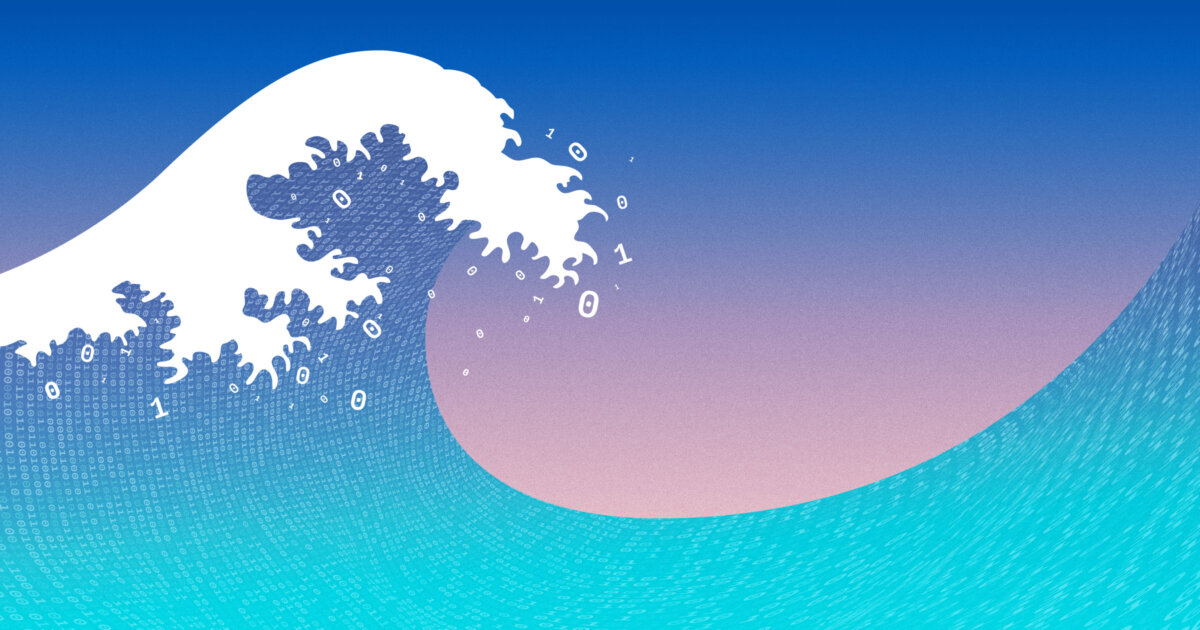




















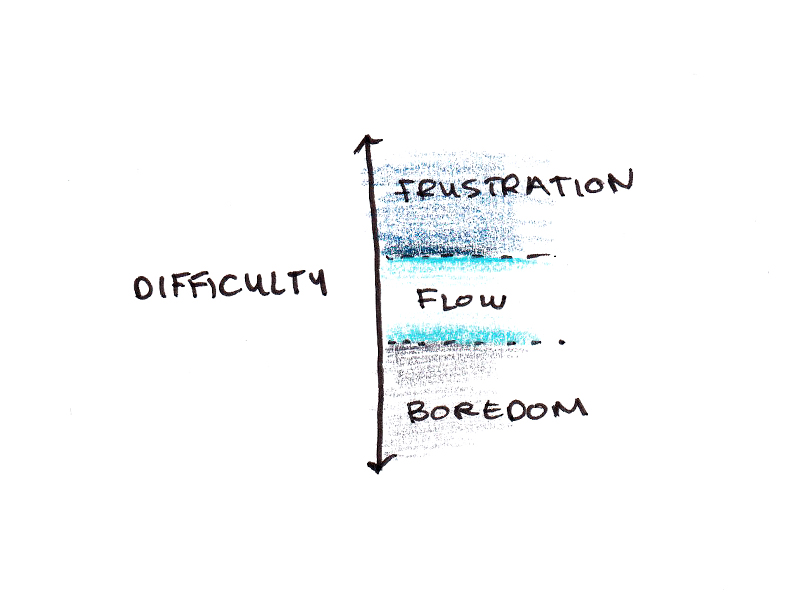
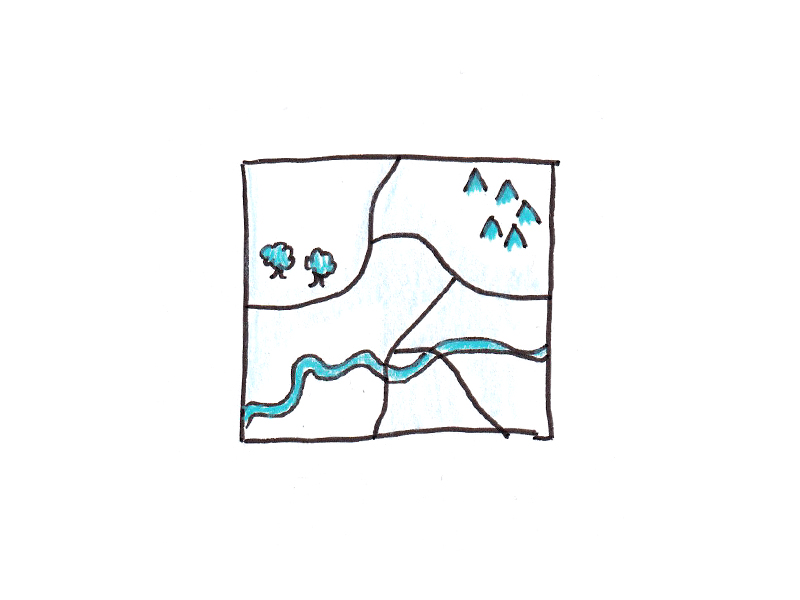
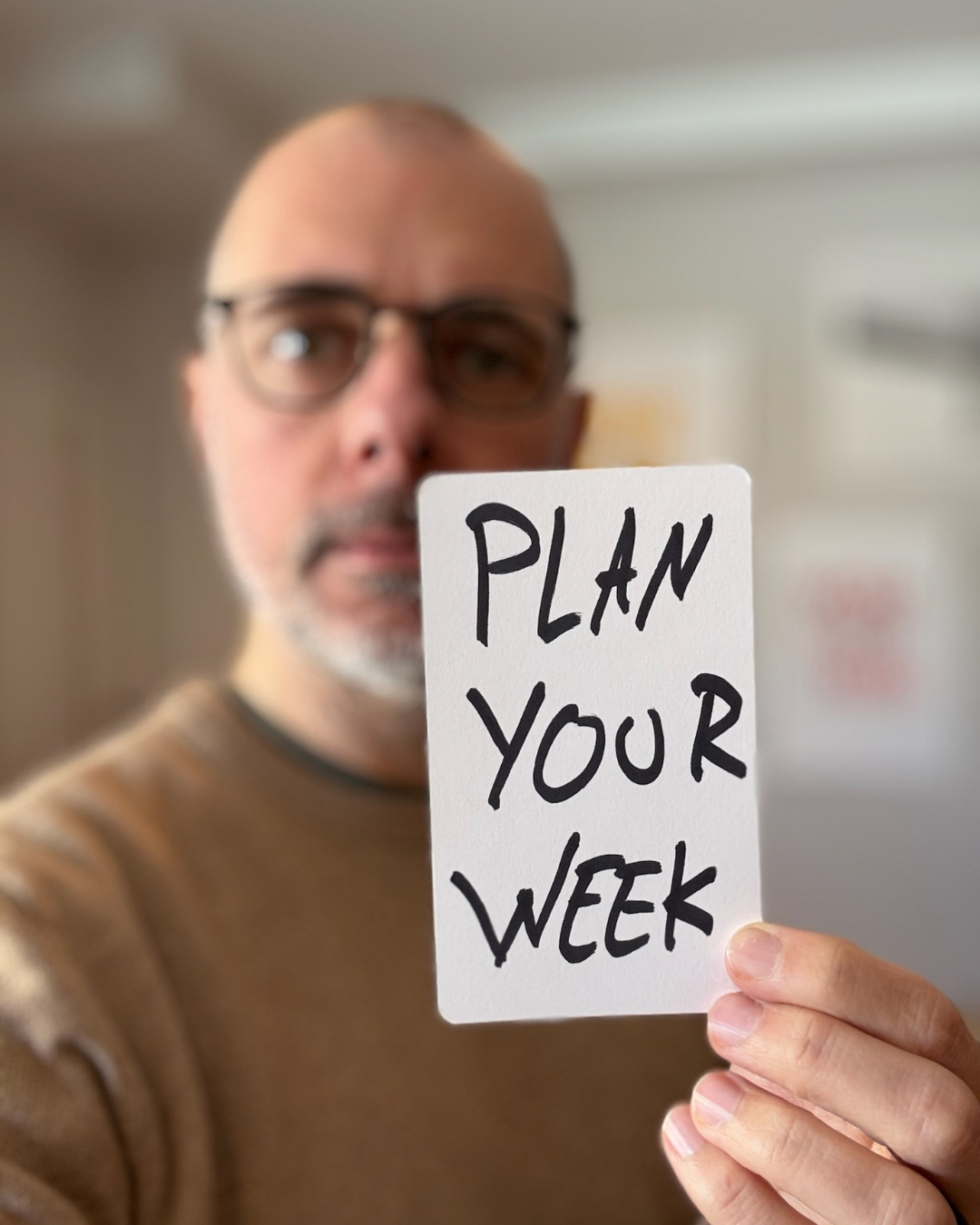
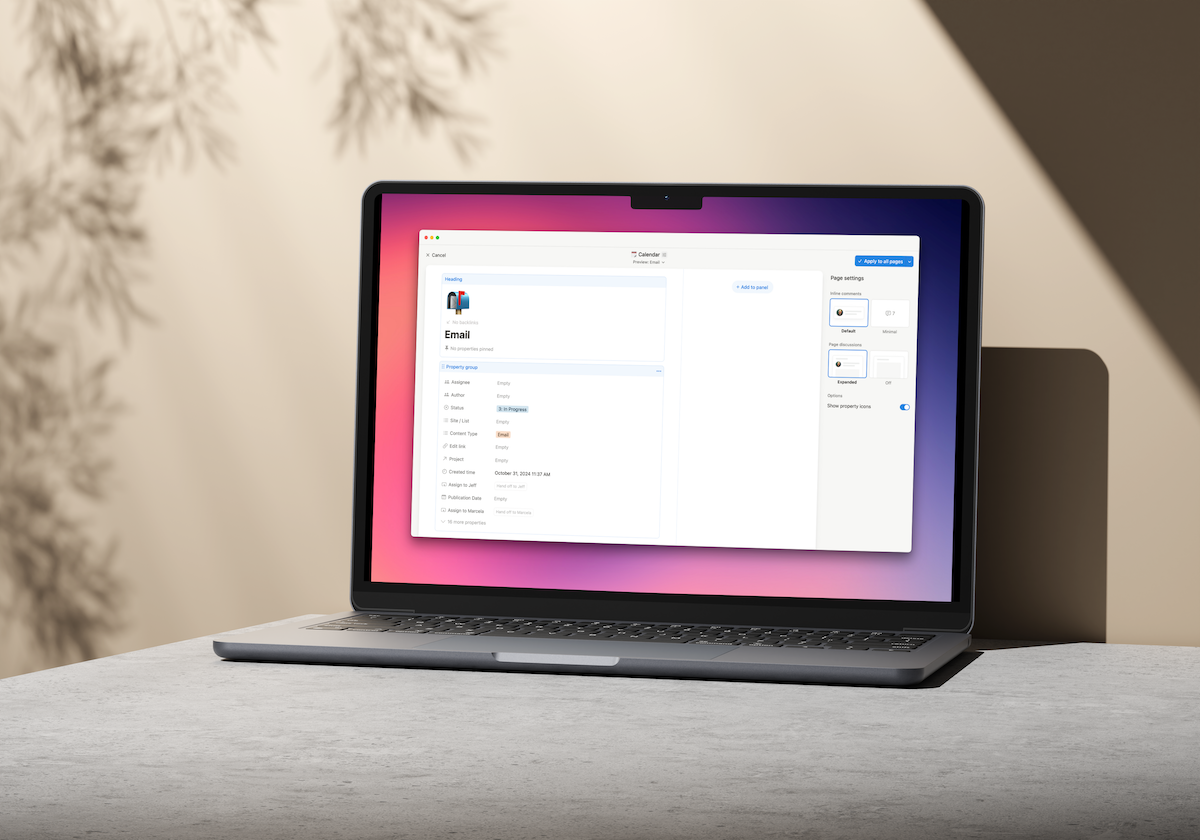








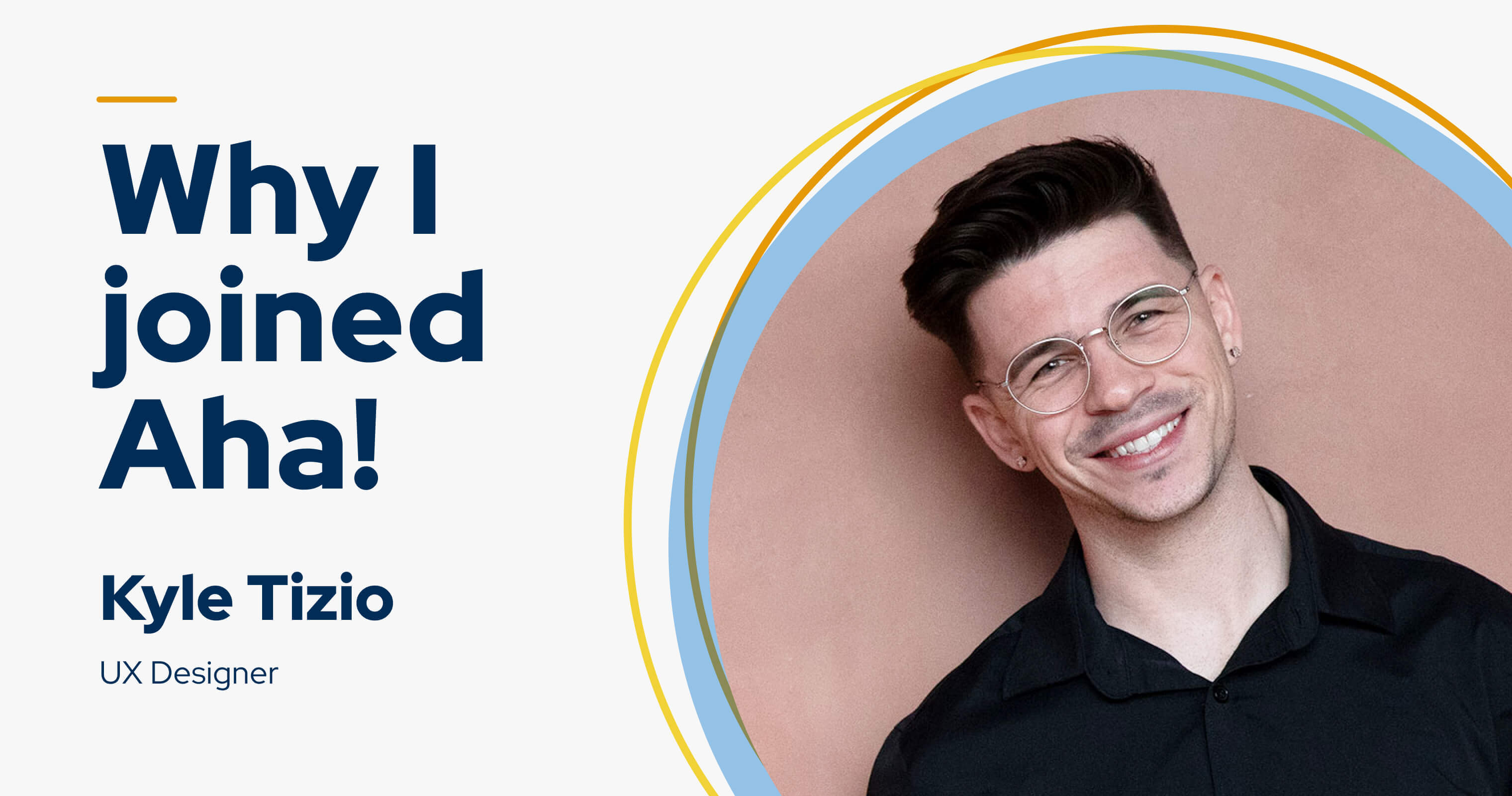




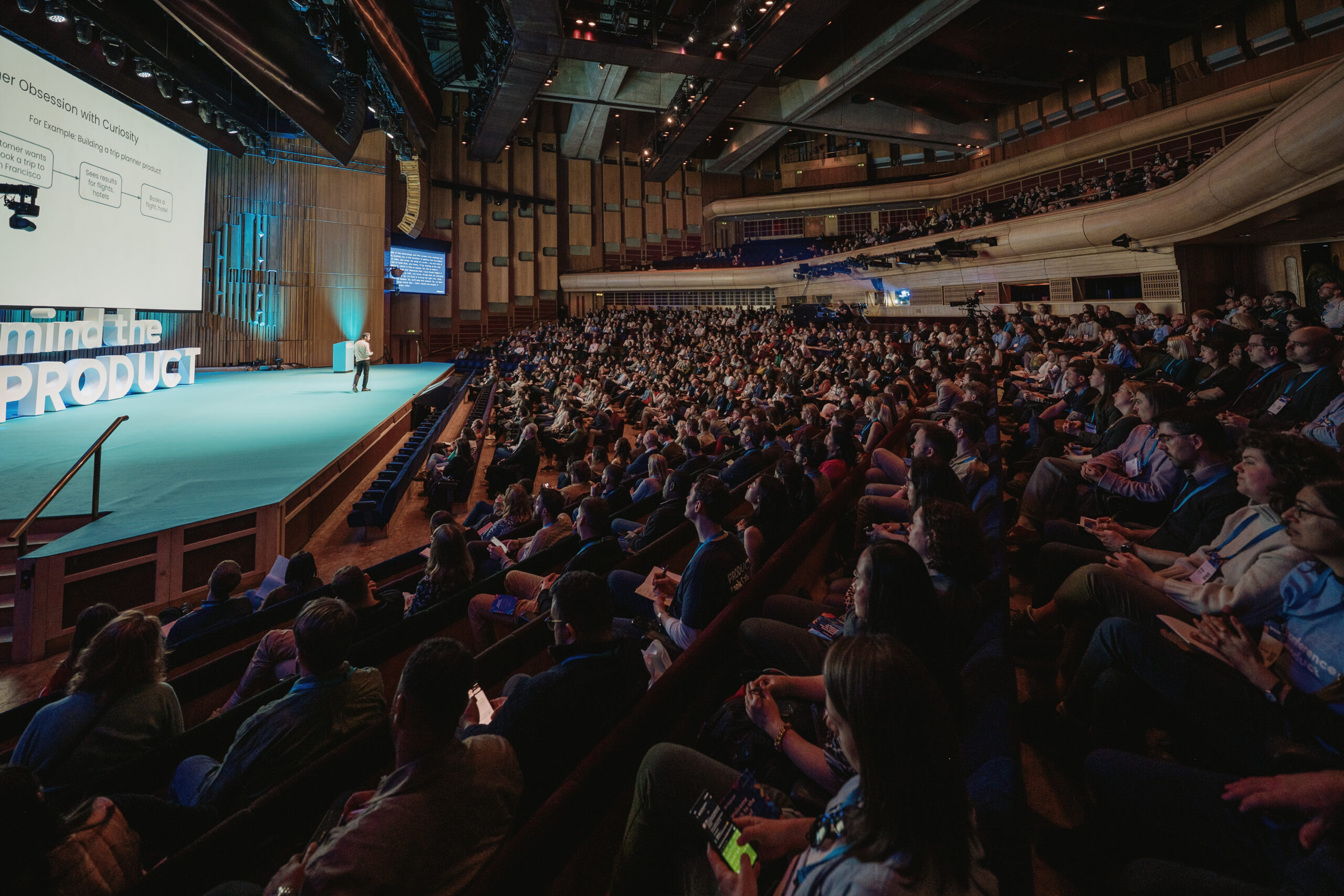
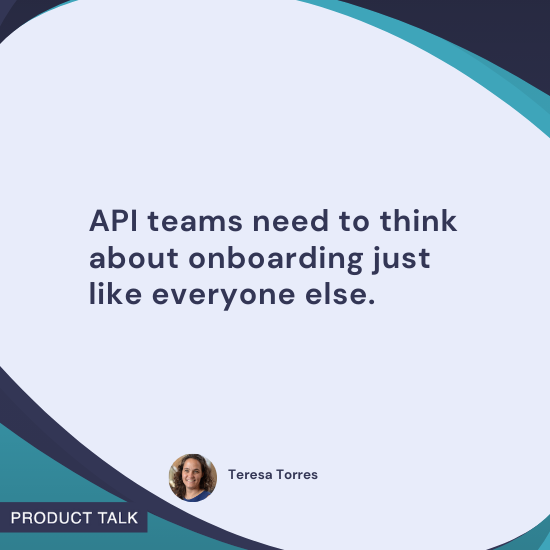


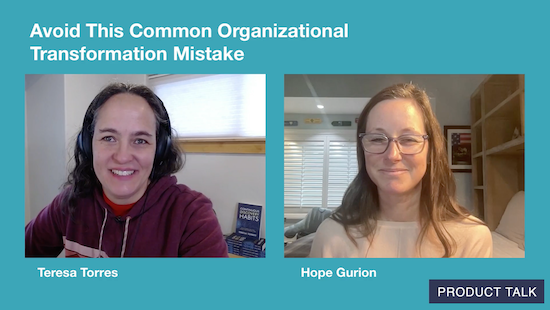
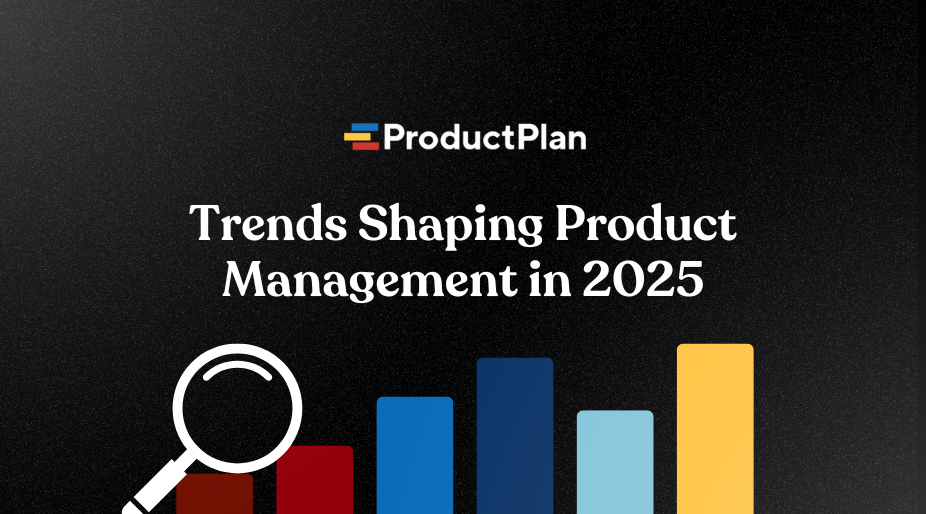


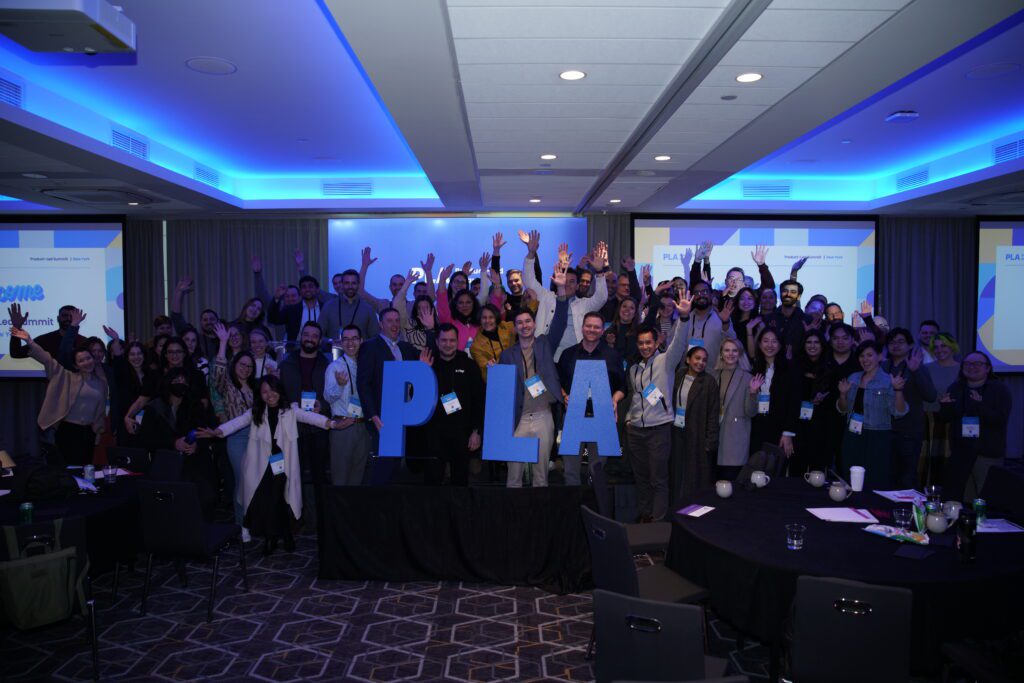









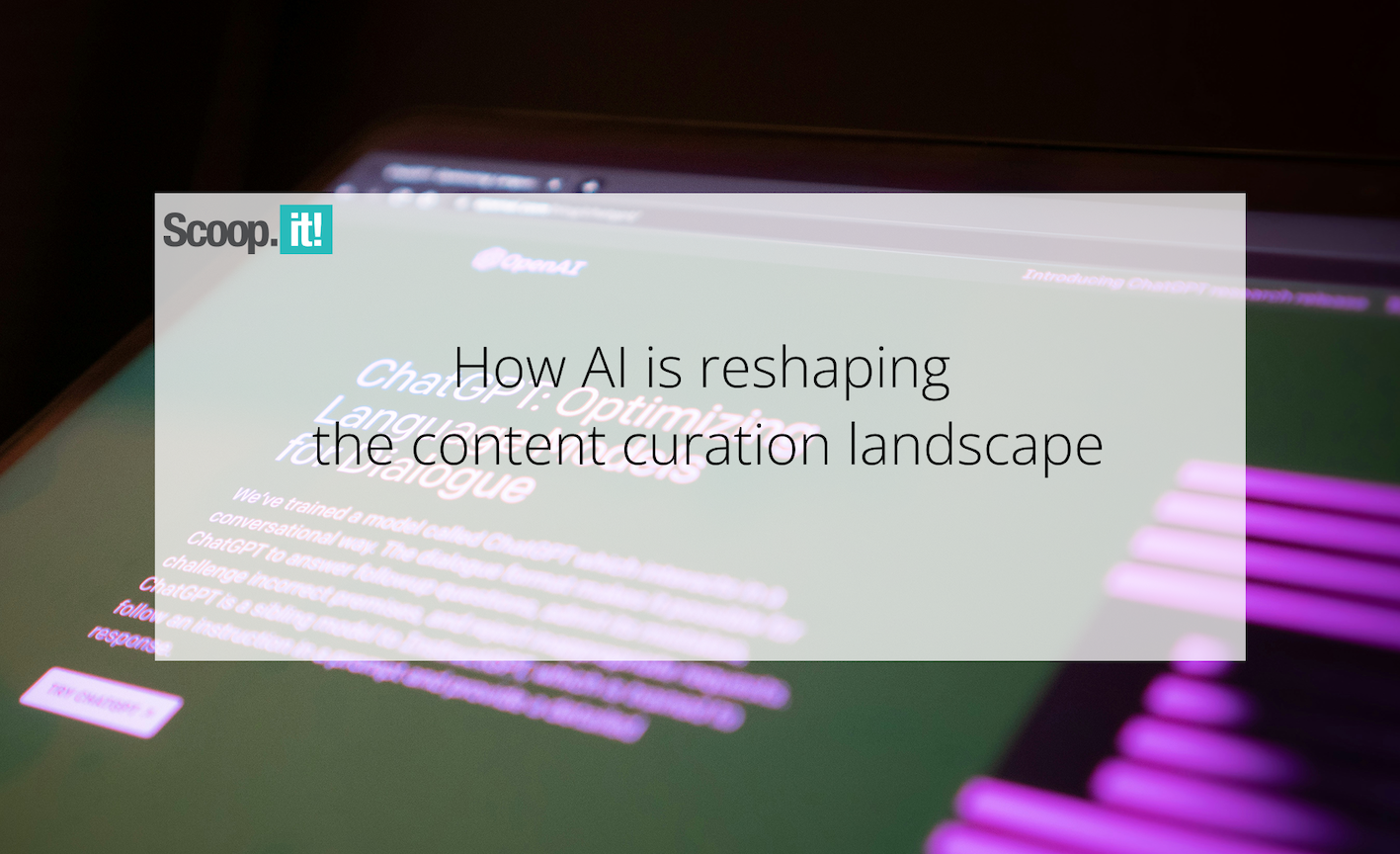
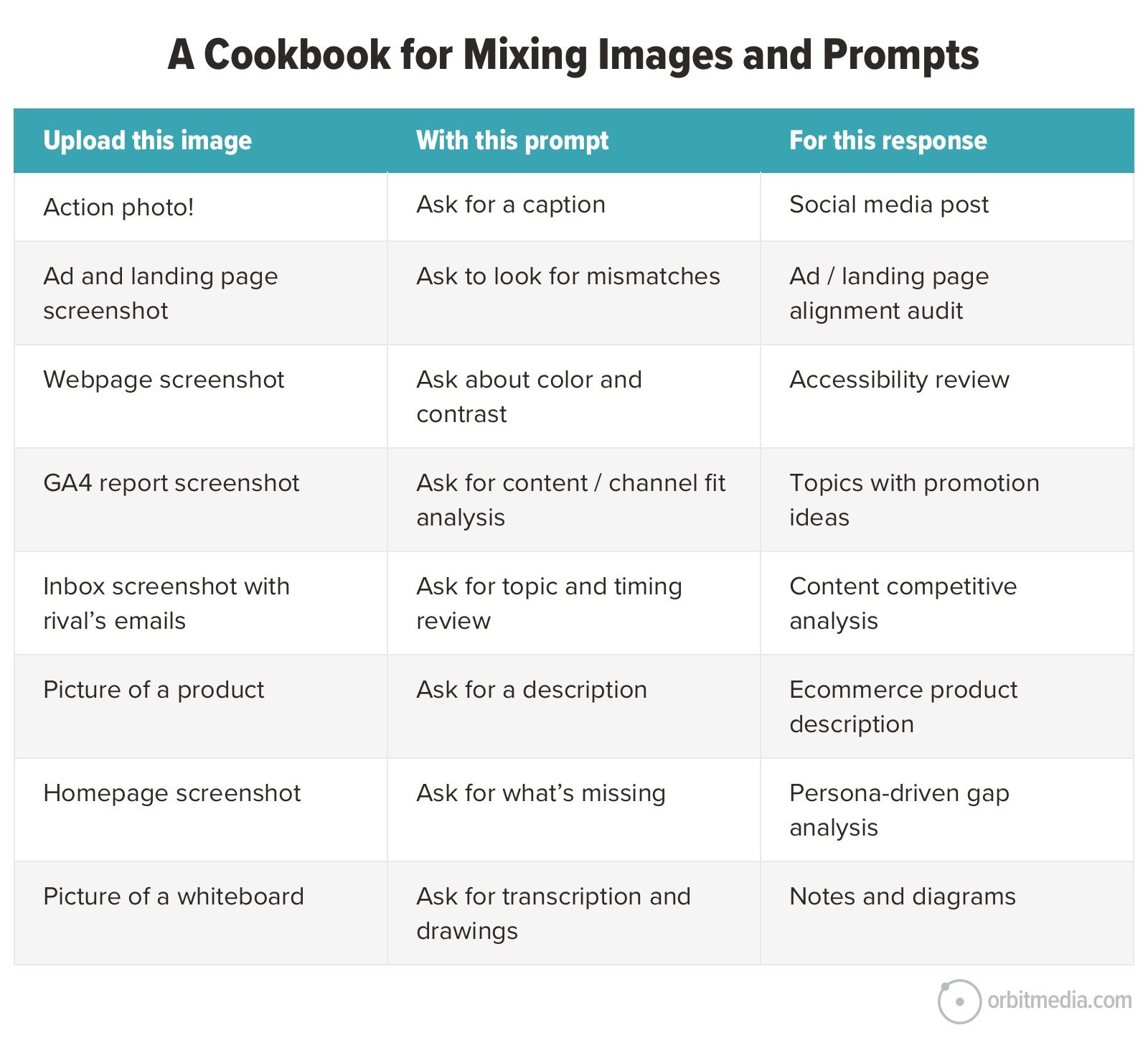

![Building A Digital PR Strategy: 10 Essential Steps for Beginners [With Examples]](https://buzzsumo.com/wp-content/uploads/2023/09/Building-A-Digital-PR-Strategy-10-Essential-Steps-for-Beginners-With-Examples-bblog-masthead.jpg)





![How One Brand Solved the Marketing Attribution Puzzle [Video]](https://contentmarketinginstitute.com/wp-content/uploads/2025/03/marketing-attribution-model-600x338.png?#)



